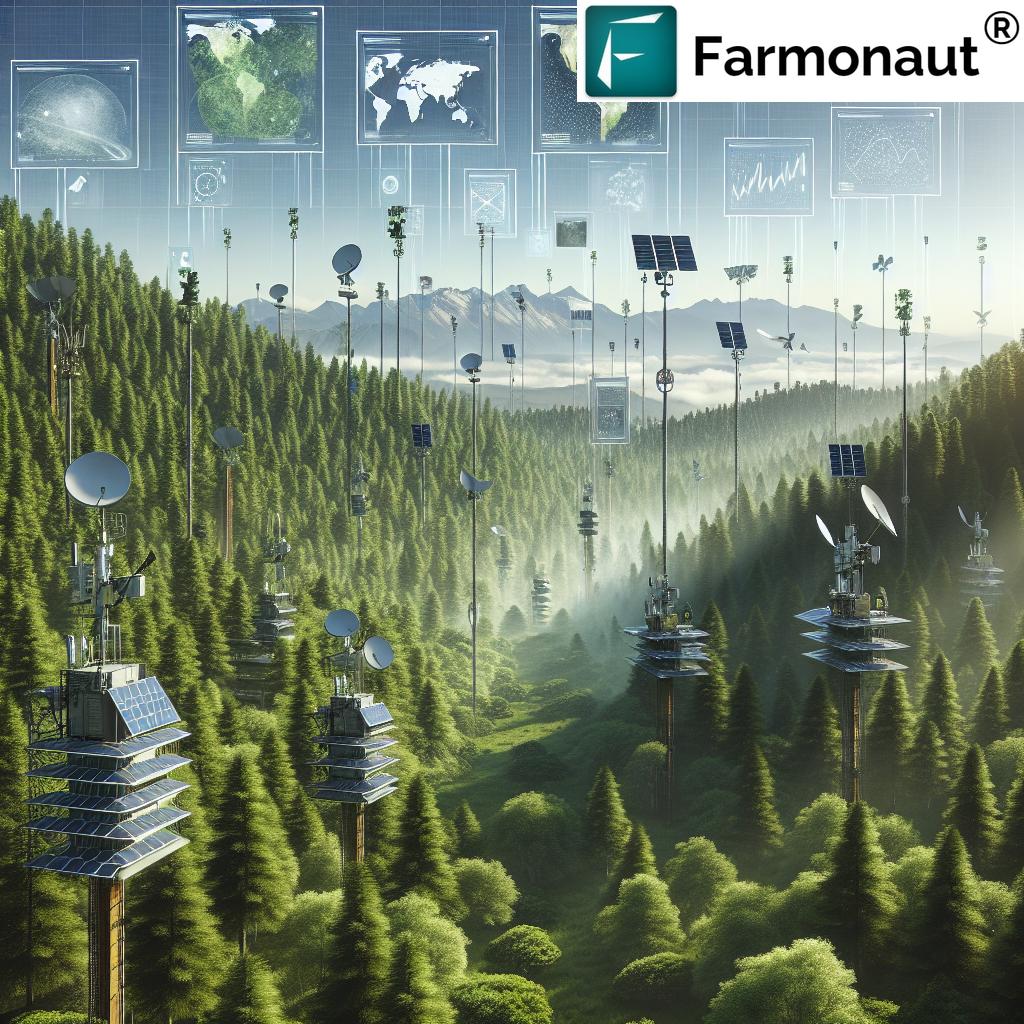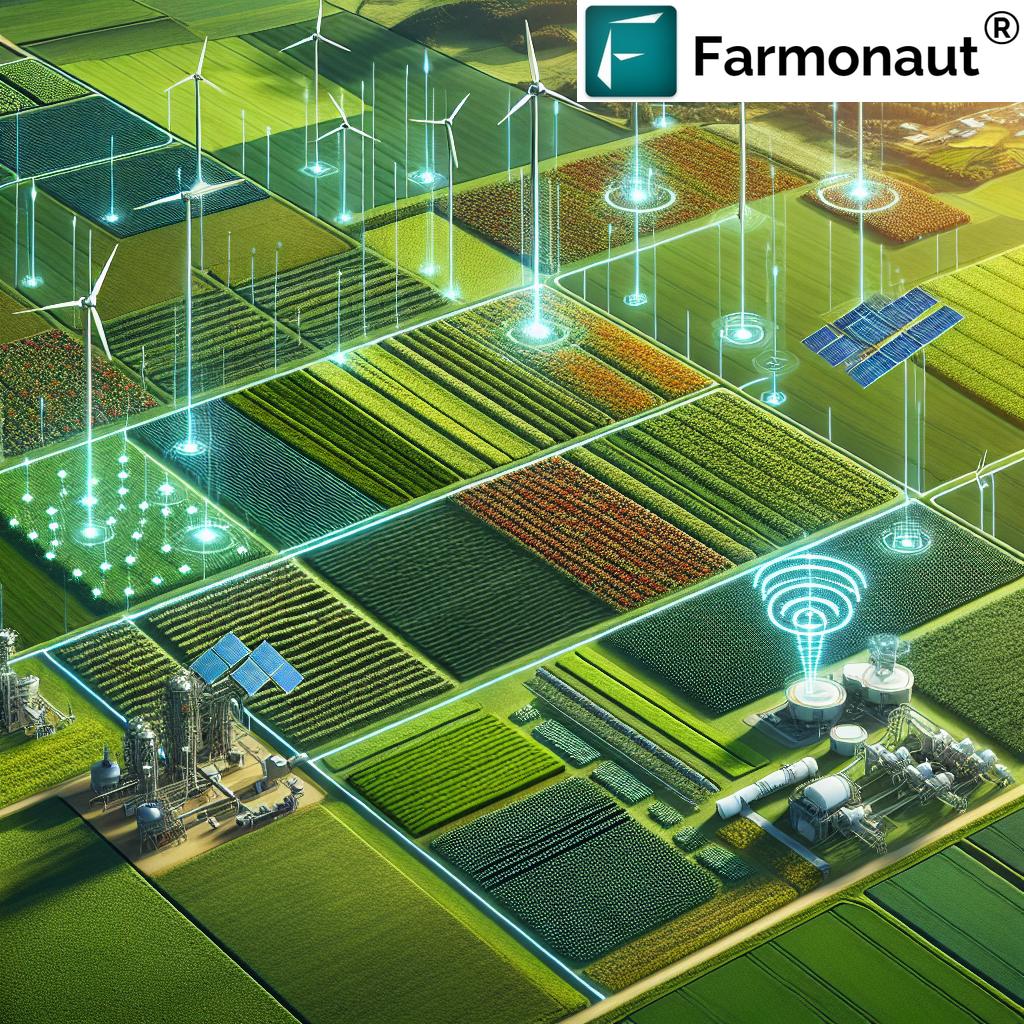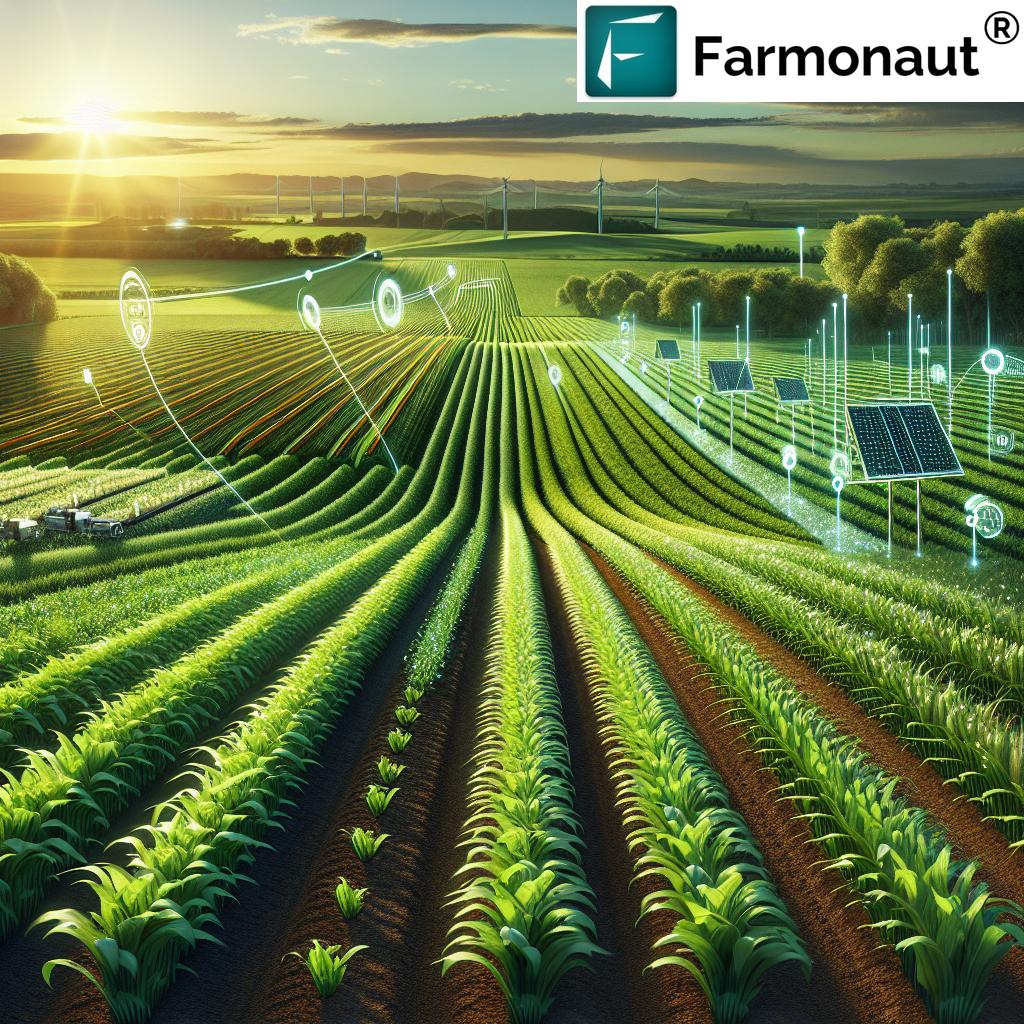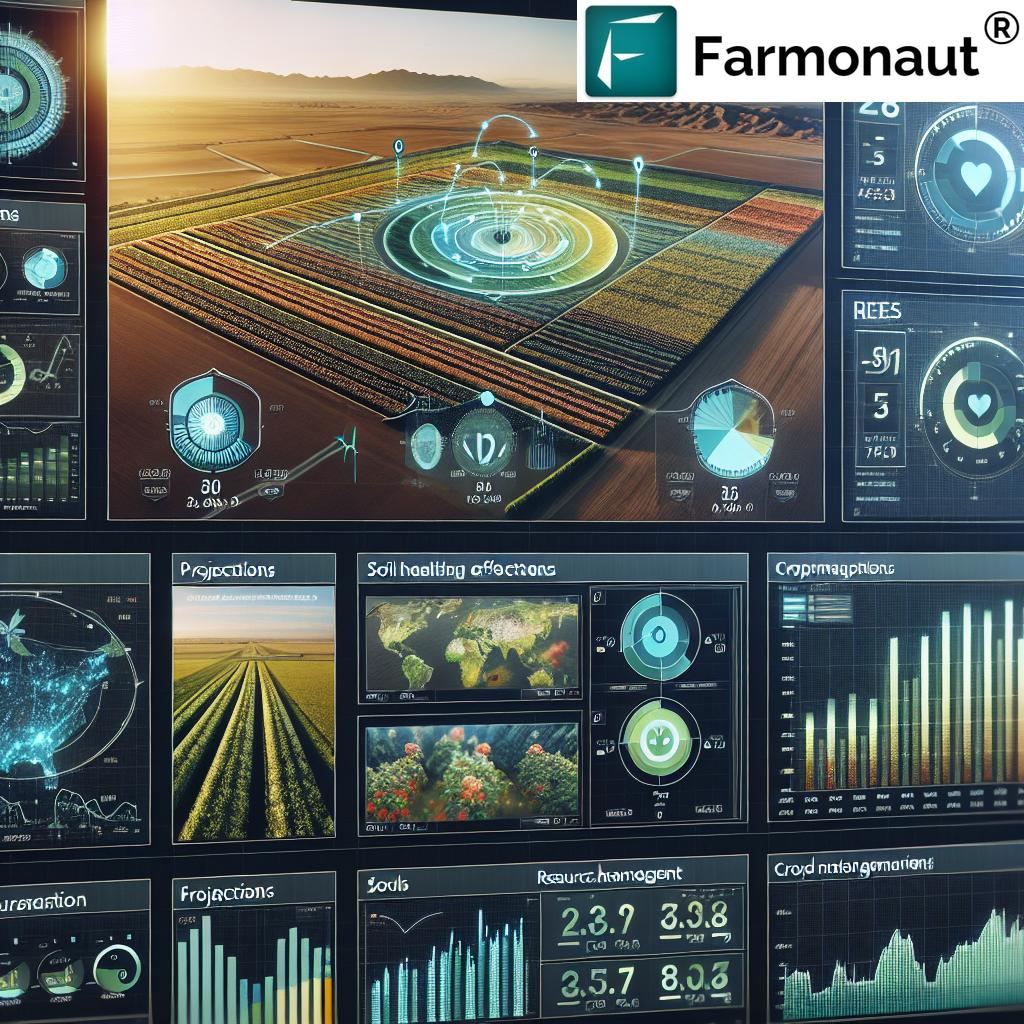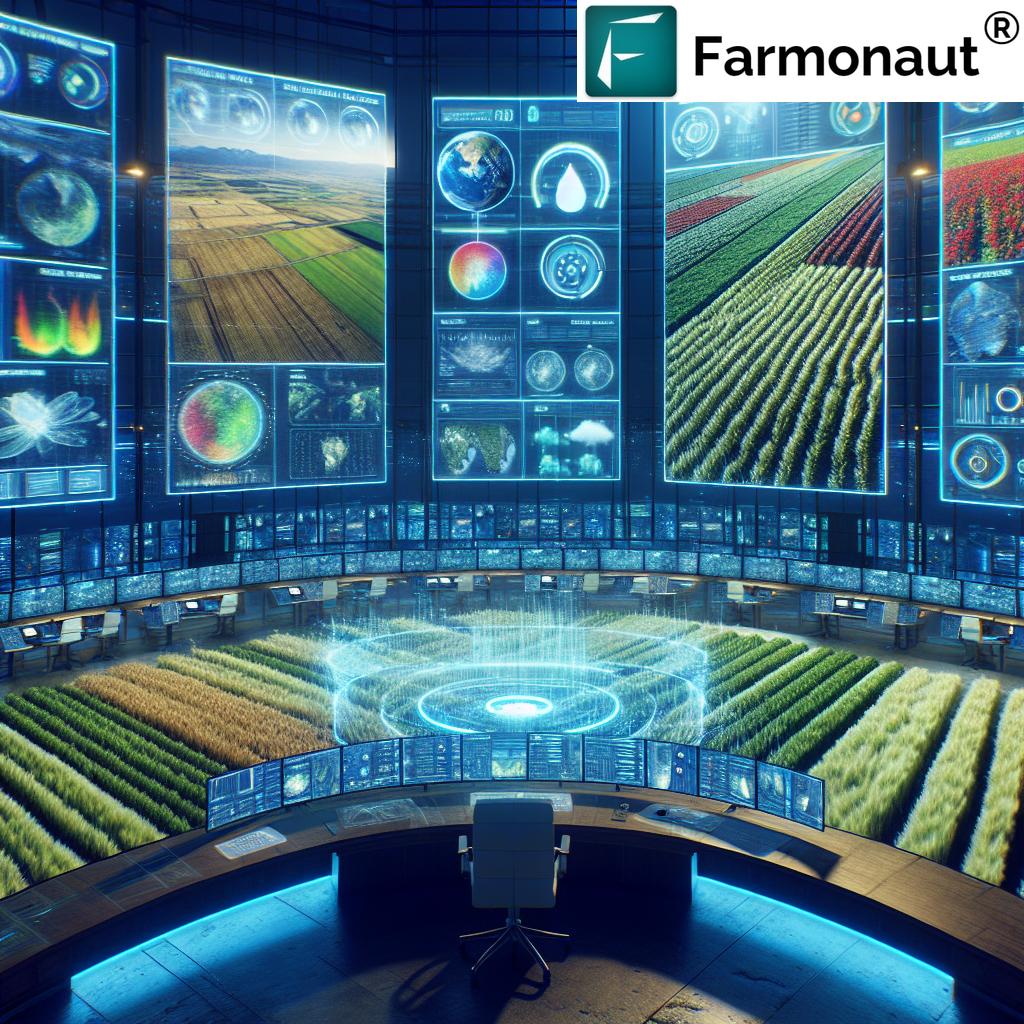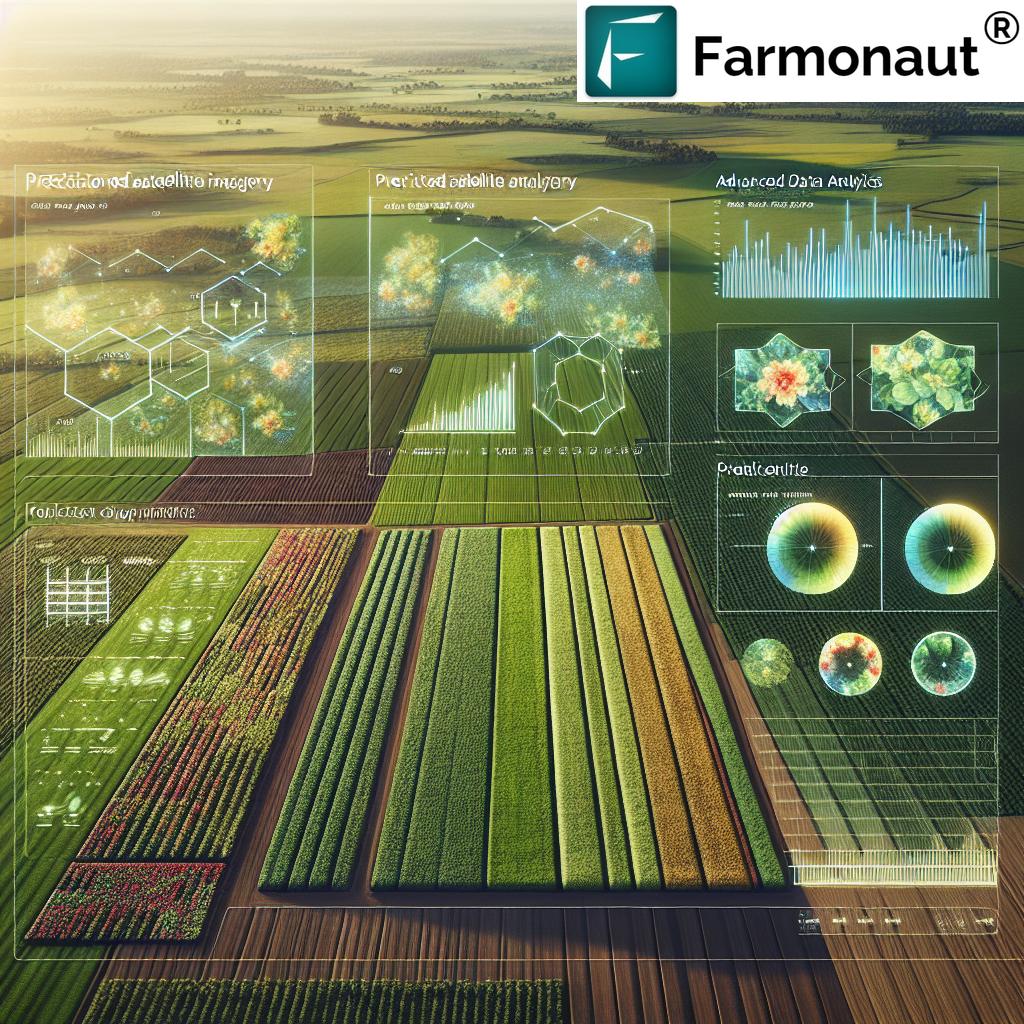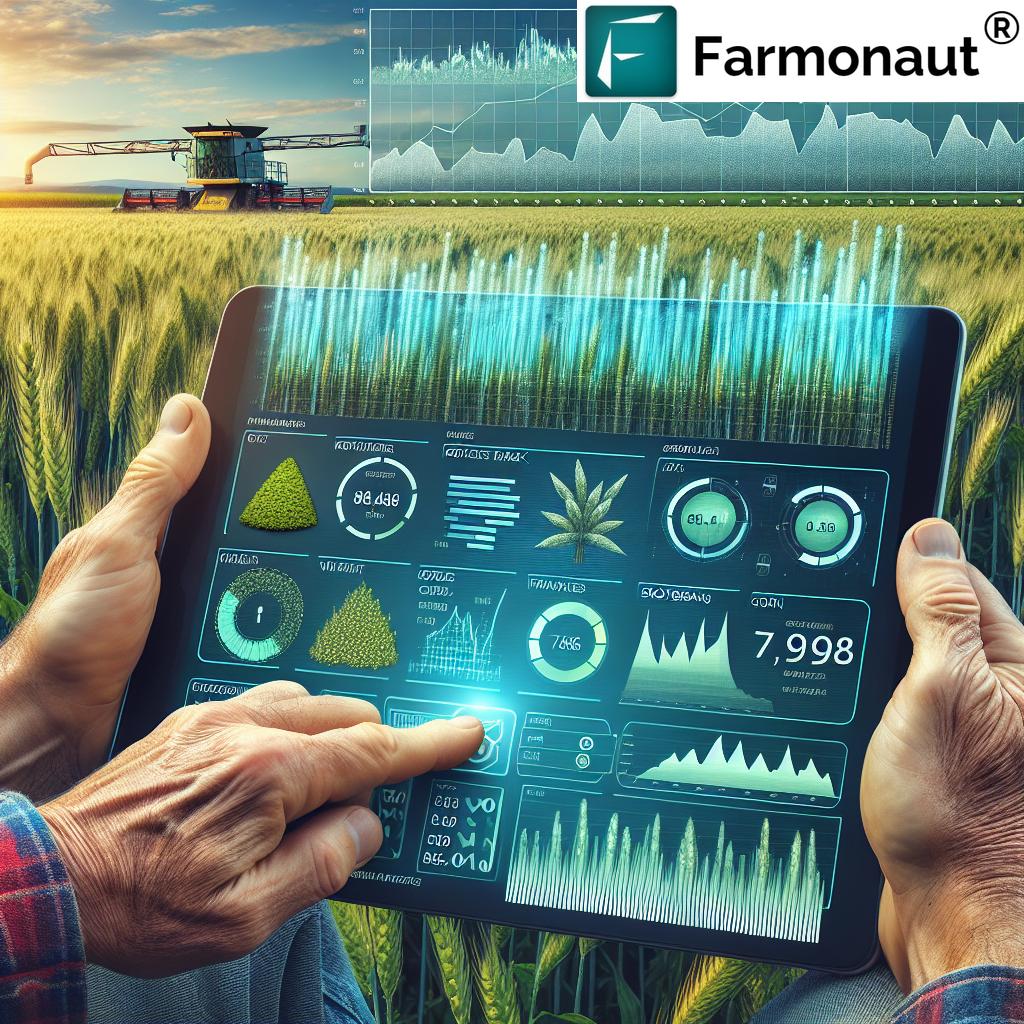Weather Forecasting Systems Market: 7 Shocking Innovations
“AI-powered weather forecasting systems can improve agricultural yield predictions by up to 30% using real-time data analytics.”
Introduction: Why Weather Forecasting Systems Matter
In today’s rapidly evolving agriculture and forestry industries, weather forecasting systems have become indispensable tools. By providing accurate, real-time data and actionable insights on climatic conditions, these systems empower farmers and foresters to make informed decisions that directly impact productivity, sustainability, and operational efficiency. The integration of AI, IoT (Internet of Things), and satellite remote sensing into these systems marks a revolutionary step toward precision agriculture and sustainable practices.
From scheduling irrigation and planting at the optimal time to preventing crop loss due to extreme weather patterns, the ability to anticipate and manage risks is invaluable. Today, let’s uncover the seven most shocking innovations driving the evolution of weather forecasting systems for agriculture—innovations that are redefining how we operate farms, forests, and allied industries.
The Pivotal Role of Weather Forecasting in Agriculture and Forestry
As practitioners in agriculture and forestry, we understand that weather variability directly affects every aspect of our work. Accurate weather forecasts determine the optimal times for planting and harvesting, scheduling irrigation, and managing pest and disease outbreaks—all of which are essential to successful yields and sustainable operations.
- In agriculture: Knowing predicted weather conditions allows us to plan resource allocation, implement smart irrigation scheduling, and take proactive measures against risks like drought or excessive rainfall.
- In forestry: Weather data supports assessing fire risks, planning logging, and ensuring forest health monitoring. This allows for informed interventions and effective long-term forest management.
Thus, integrating weather forecasting data into our daily operations empowers us to act proactively, enhancing yields, sustainability, and resilience.
Market Dynamics & Growth Trends in Weather Forecasting Systems for Agriculture
The market for weather forecasting systems in agriculture and forestry is expanding rapidly, driven by three major trends:
- Demand for Precision Agriculture: Adoption of precision agriculture weather data is accelerating, enabling us to apply resources efficiently, reduce waste, and maximize production across large and small farms alike.
- Climate Change and Environmental Concerns: As climate change creates more unpredictable weather patterns, the need for timely and precise forecasts only grows. Mitigating the risks of droughts, floods, or unexpected frosts through smarter planning is crucial to food security and long-term sustainability.
- Technological Advancements: Rapid advancements in AI, IoT, and satellite remote sensing are making cutting-edge monitoring and prediction tools accessible and affordable for users worldwide.
According to recent industry reports, the global market for farm automated weather stations is slated to reach $155 million by 2030, growing at a CAGR of approximately 6.2%. This surge is largely attributed to the increased adoption of smart, integrated weather data platforms and innovative solutions like those provided by Farmonaut.
“Smart irrigation systems using advanced weather forecasts can reduce water usage in agriculture by nearly 25%.”
7 Shocking Innovations in Weather Forecasting Systems for Agriculture
Let’s explore the seven most groundbreaking innovations reshaping the weather forecasting systems market. Each has a profound impact on modern farming, forestry management, and sustainability, empowering us to transform traditional practices with precise, data-driven insights.
1. AI-Driven Weather Modeling & Machine Learning
Advances in artificial intelligence (AI) and machine learning have produced true paradigm shifts in weather forecasting for agriculture. These technologies analyze massive, diverse data streams—from atmospheric conditions, satellite images, field sensors, and historical records—identifying patterns and generating actionable predictions that are hyper-localized for each farm.
- AI in agricultural weather prediction dramatically enhances forecast accuracy by learning over time and improving in line with new data and events.
- Benefits include highly specific alerts for frost, drought, severe weather, and pest/disease outbreaks—empowering swift, targeted interventions.
By transitioning from generic models to AI-driven, location-specific weather predictions, we can optimize planting, irrigation, and harvest scheduling with unprecedented confidence.
2. IoT Sensor Integration for Real-Time Environmental Monitoring
The rise of IoT devices in modern farming connects a diverse array of sensors—from soil probes and weather stations to drones and automated irrigation units—creating a dense web of live data sources. By facilitating rapid data collection and integration across the farm, IoT enables:
- Live soil moisture monitoring
- Automated irrigation scheduling based on current and predicted weather
- Proactive adjustments to crop management routines
- Efficient resource utilization by triggering farm operations—like fertilization or disease interventions—in sync with real-time weather data
The synergy between IoT, weather stations, and AI-powered analytics is delivering major advances in precision agriculture and environmental sustainability.
3. Satellite Remote Sensing: A New Era for Crop and Soil Insights
The innovation of satellite remote sensing in farming provides us with a “bird’s eye view” of every field, giving near-real-time insights into crop health, vegetation indices (NDVI), and key variables like soil moisture. This technology supports:
- Crop health monitoring solutions that deliver early warnings for stress, disease, and pest outbreaks.
- Smart intervention planning—by overlaying atmospheric weather patterns with actual crop conditions.
- Resource optimization: Target irrigation, fertilizer, and pesticide use when and where it’s needed most, reducing environmental impact.
Farmonaut’s platform harnesses the power of satellite imagery to monitor vast areas, ensuring even smallholder farms gain access to premium satellite weather data and precision agriculture insights affordably.
4. Farm Automated Weather Stations: The Backbone of Microclimate Intelligence
Farm automated weather stations (AWS) are crucial tools that collect real-time atmospheric data specific to our land parcels. These stations are equipped with sensors to track:
- Temperature, rainfall, humidity, solar radiation, wind speed/direction
- Soil conditions: Including moisture, pH, and temperature at various depths
Such granular intel supports:
- Customized irrigation schedules based on hyper-local cues
- Precise disease and pest management, as many threats are weather-driven
- Improved predictive yield modeling
AWS solutions are now accessible via multiple platforms (web, mobile, API) and integrate seamlessly with broader IoT and farm management platforms.
Explore Farmonaut’s carbon footprinting solutions for agriculture to leverage AWS data for eco-friendly, compliance-focused farming.
5. Integrated Farm Management Platforms: Turning Data into Decisions
Modern integrated farm management platforms, such as Farmonaut, unite all facets of precision agriculture:
- Weather forecasting and predictive modeling
- Satellite crop health monitoring
- AI-based crop, pest, and disease advisories
- Fleet and resource management solutions for logistics and cost savings
- Yield prediction, planning, and automation tools powered by real-time data integration
Such platforms not only optimize productivity but also promote sustainability by minimizing farm inputs and maximizing output.
Looking for enterprise-scale solutions? Discover Farmonaut’s large-scale farm management platform for actionable insights and robust administration across plantations, forestry, and cooperatives.
6. Blockchain-Enabled Traceability and Secure Weather Data Sharing
Blockchain technology now underpins secure product traceability in agriculture, guaranteeing the integrity of weather data for forestry management, crop documentation, and supply chain provenance.
- Transparent, unalterable records foster consumer/trade partner trust, and help in compliance with environmental and origin certifications.
- Safe sharing of sensitive farm data with insurers, lenders, and buyers, reducing fraud and expediting crop loan and insurance approval.
Explore Farmonaut’s blockchain-based traceability solutions for end-to-end visibility and trust in your produce journey from farm to fork.
7. Predictive Analytics for Sustainable Agriculture Technology
Predictive analytics harness the combined strengths of AI, IoT, and satellite weather data to guide us in:
- Reducing resource usage by providing data-driven guidance on irrigation, fertilization, and farm labor allocation
- Optimizing input utilization to boost yields and minimize environmental impact
- Mitigating risks associated with extreme weather phenomena, pests, or changing climate trends
- Facilitating planning for planting, harvesting, and market supply chain coordination
These analytics, delivered via user-friendly mobile and web apps, bring cutting-edge technology to the fingertips of every farmer, cooperative, and forestry stakeholder.
Maximize your insights with Farmonaut’s weather and satellite data API or explore our API developer documentation.
Comparative Feature & Impact Table of Key Innovations
To help you quickly compare the seven major innovations shaping the modern weather forecasting systems market for agriculture and forestry, we present the following table that summarizes technology, market penetration, core applications, and estimated impact on farm yields.
| Innovation | Technology Used | Est. Market Penetration (%) | Key Application Area | Est. Impact on Agricultural Yield (%) |
|---|---|---|---|---|
| AI-Driven Weather Modeling | Machine Learning, Big Data, AI Algorithms | ~36% | Predictive weather, yield forecasting, pest & disease advisories | 15–30% |
| IoT Sensor Integration | IoT Devices, Wireless Sensor Networks, Connectivity Platforms | ~31% | Smart irrigation, soil moisture monitoring, microclimate adaption | 10–17% |
| Satellite Remote Sensing | Multispectral Imaging, Satellite Data, Cloud Computing | ~28% | Crop health analysis, large-scale monitoring, resource optimization | 10–18% |
| Farm Automated Weather Stations | Automated Sensors, Data Loggers, Internet Connectivity | ~24% | On-farm climate tracking, custom irrigation, microclimate forecasting | 8–15% |
| Integrated Farm Management Platforms | Cloud Platforms, API Integrations, Mobile/Web Apps | ~19% | End-to-end operations, yield/health planning, traceability | 7–12% |
| Blockchain Traceability Solutions | Distributed Ledger, Secure Data Sharing | ~13% | Supply chain transparency, certification, fraud reduction | 4–7% |
| Predictive Analytics for Sustainability | AI, Data Visualization, Forecasting Engines | ~23% | Input optimization, climate adaptation, risk mitigation | 7–11% |
Farmonaut: Transforming Precision Agriculture with Data-Driven Insights
At Farmonaut, our mission is to democratize precision agriculture by combining advanced satellite remote sensing, AI-powered analytics, and a seamless digital user experience across web, mobile, and API platforms.
- Satellite-Based Crop Monitoring: We offer real-time NDVI, soil moisture, and multi-spectral analytics for crop health monitoring, resource management, and targeted interventions.
- AI Advisory System: Our Jeevn AI delivers personalized weather forecasts, predictive crop management suggestions, and actionable risk assessments.
- Blockchain-Based Traceability: Secure and verifiable product origin and supply chain documentation to protect your farm and enhance consumer trust.
- Fleet, Carbon, and Resource Management: Reduce costs, track vehicles, minimize your carbon footprint with Farmonaut’s fleet management solution and carbon reporting tools.
- Crop loan and insurance verification: Access verified field data for faster financing and insurance coverage.
- API & Integration: Connect our weather and satellite data API to your apps and platforms for custom business logic or field apps.
With scalable offerings from individual smallholder solutions to large-scale farm/plantation/forest management, Farmonaut leads the way in practical sustainable agriculture technology. Our affordable, subscription-based access ensures everyone—farmers, agribusinesses, governments, NGOs, and researchers—can join this revolution.
Challenges and Future Directions: Navigating the Next Frontier of Weather Forecasting Systems
While the benefits of adopting advanced weather forecasting systems are widely recognized, embracing these systems is not without hurdles. Let’s address the challenges and spotlight future trends poised to reshape our agricultural destiny.
Key Challenges
- Data Integration & Standardization: Assimilating countless data sources across diverse platforms still requires further standardization for seamless interoperability.
- Cost & Accessibility: While investments in IoT devices and automated stations are becoming more affordable, they can remain out of reach for smaller operations. Wider access and further cost reduction are needed.
- Digital Literacy: Many farmers and forestry stakeholders need focused support and training to fully utilize digital forecasts, platforms, and AI-driven advisories.
Future Directions
- Enhanced AI Integration: Expect deeper, more predictive analytics—with suggestions tailored to each field, season, and context.
- Wider IoT Connectivity: As IoT sensor networks expand, hyper-local data granularity will unlock even more precise interventions.
- Focus on Sustainability: Carbon tracking, resource use dashboards, and automated advisory platforms will drive progress toward climate-adaptive, environmentally responsible farming practices.
- Seamless Digital Integration: APIs and plug-and-play connectivity will empower every practitioner, from family farms to national agencies.
FAQ: Weather Forecasting Systems in Agriculture & Forestry
1. How do weather forecasting systems improve crop yields?
By providing timely, actionable weather data on planting, irrigation, and disease/pest risks, farmers can optimize resource usage, reduce losses, and improve the quantity and quality of their harvests.
2. What is satellite remote sensing, and why does it matter?
Satellite remote sensing uses multispectral imagery to assess soil moisture, crop health, and land condition over vast areas—even in remote locations. This aids in planning interventions, monitoring health, and predicting yields on a massive scale.
3. Can small farms afford advanced weather forecasting tools?
Yes. Companies like Farmonaut now offer affordable, scalable solutions accessible from any smartphone or computer, making precision tools available regardless of farm size or location.
4. What is the role of AI in agricultural weather prediction?
AI analyzes huge historical and real-time data sets, refining forecast accuracy over time and providing alert thresholds for on-farm action—such as irrigation or disease prevention.
5. How secure is my weather and crop data?
Blockchain-based traceability solutions (like those from Farmonaut) ensure data integrity, transparency, and security, preventing tampering or unauthorized access.
6. Can weather forecasting reduce environmental impact?
Absolutely. Smart irrigation scheduling and data-driven nutrient/fertilizer application lead to lower water/chemical consumption and reduced emissions, supporting sustainability and eco-friendly practices.
7. Where can I access Farmonaut’s satellite and weather data?
You can explore our platform on web, Android, and iOS apps, or integrate our weather & satellite API into your own systems.
Conclusion: Weather Forecasting Systems as Catalysts for Agricultural Innovation
As we’ve seen, weather forecasting systems for agriculture are revolutionizing how we plan, monitor, and execute every step in the farming and forestry management journey. The integration of AI, IoT, and satellite remote sensing technologies brings us closer to achieving precision, sustainability, and resilience—goals that are essential in a world facing population growth, climate uncertainty, and environmental challenges.
Farmonaut is committed to empowering all stakeholders with accessible, affordable, and scalable data-driven solutions. Whether you’re looking to maximize yields, reduce environmental impact, or secure traceable, transparent field operations, there’s never been a better time to harness the power of weather data, smart platforms, and sustainable technology for competitive and responsible agri-business.
Stay ahead—embrace the future of farming and forestry with Farmonaut!






